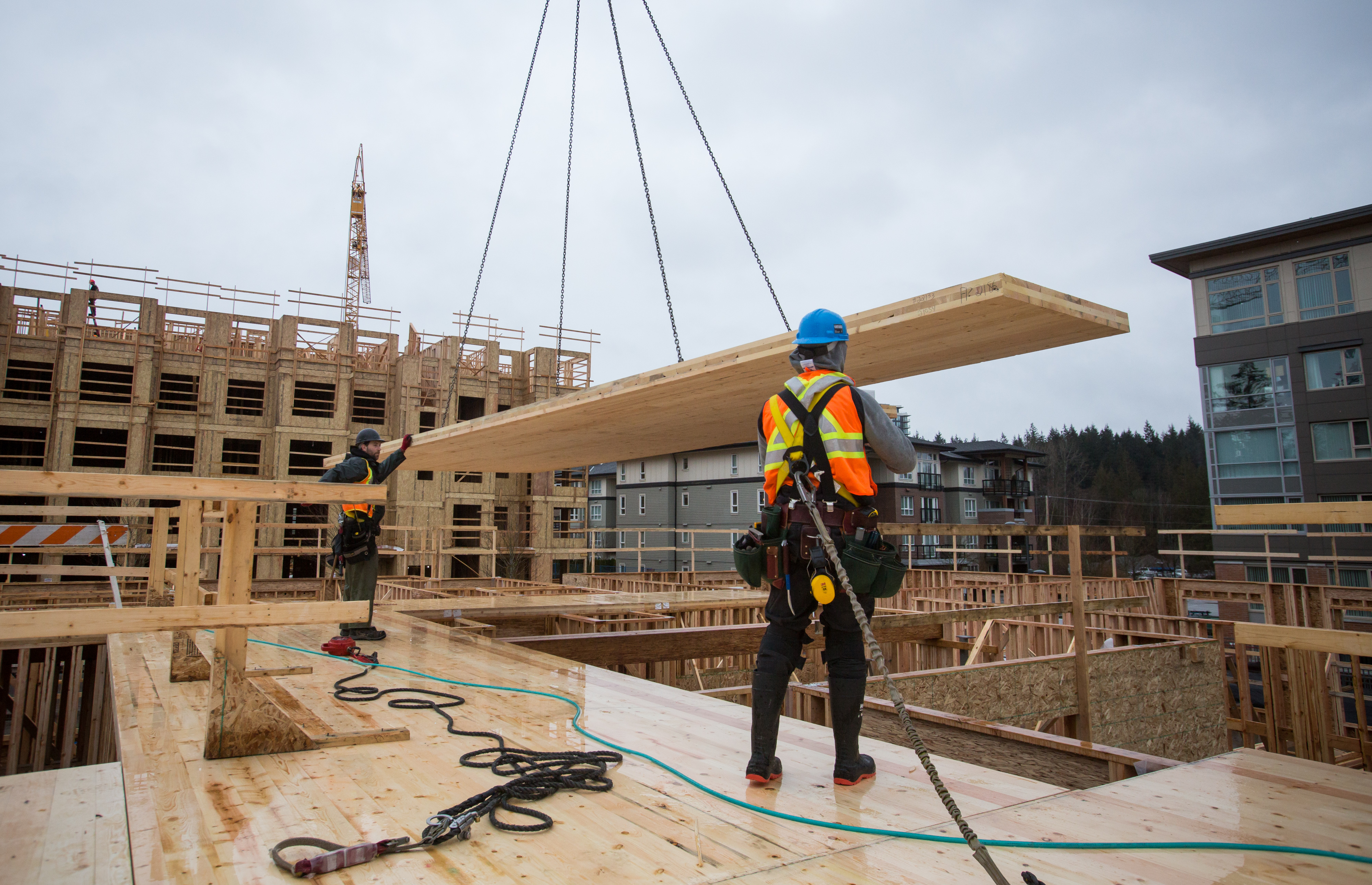SPOKANE, Wash. - In just three years, Canadian firm Katerra has become a $3 billion construction and tech giant.
And now it's expanding into architecture with the purchase of Vancouver's cross-laminated timber (CLT) masters Michael Green Architecture (MGA). The company is also planning a 250,000-square-foot CLT factory in Spokane, Washington.
“Katerra is thrilled to welcome MGA,” said Michael Marks, chairman and co-founder of Katerra. “Michael Green and his team have built a reputation for engaging design and leadership in the use of mass timber. This goes a long way to support our mission to utilize cutting-edge technology and systems to revolutionize the construction industry.”
Michael Green is best known for being a major proponent of cross-laminated timber construction in North America and is behind two of the continent's largest CLT structures: the T3 220,000-square-foot office building in Minneapolis and the Wood Innovation and Design Centre in British Columbia.
It's also designing a 500,000-square-foot skyscraper in New Jersey - which will be the largest mass timber building in the United States.
“It’s an unusual deal: they effectively bought our brand,” Green told the NAHB Builders Show. “It couldn’t be a better scenario: we get all of Katerra’s cool innovation capacity and R&D. We’ve been developing product concepts for mass timber and now we’ll be able to get into the shop and create some major leaps forward.”

Katerra says its upcoming 250,000-square-foot Washington plant will help scale up U.S. production of CLT so that the material can be more broadly adopted across the construction industry. Katerra's manufacturing presence in the region will provide hundreds of jobs and stimulate additional jobs through the larger supply chain and associated industries, including design, engineering, and construction. More than 150 construction-specific jobs will be created to build the CLT factory.

Photo by Adera
Cross-laminated timber, or CLT, is a key ingredient in the so-called timber towers - multi-story high rises built of wood, some reaching 18 stories or higher. Katerra says CLT is valued due to its low carbon footprint and strength. Check out how CLT buildings are built.
[[{"type":"media","view_mode":"media_large","fid":"99936","attributes":{"alt":"","class":"media-image","typeof":"foaf:Image"}}]]
“CLT... is a material that creates beautiful spaces, is designed for manufacturing, and is sustainable all at the same time,” said Michael Marks, chairman and co-founder of Katerra. “This material represents a great opportunity to create new value within the construction industry and will be central to many of the projects we’ll be designing and building. We feel very comfortable and excited, particularly with the knowledgeable team we have, to make the jump into manufacturing mass timber. We are ready to help bring mass timber to the mainstream of U.S. construction.”
Katerra is already applying its high-tech construction techniques to manufacture building sections in an existing Phoenix factory, in processes similar to auto plants. The Phoenix plant uses CR Onsrud and Laguna machinery, and fabricates rooms and building sections, including cabinetry, plumbing and wiring.
The advanced manufacturing lines can produce a 24-unit garden style walk-up every two weeks (600 apartments per year); cabinets and countertops for 15,000 apartments per year (41 apartments per day); and 12,000 door assemblies per year (33 apartments per day).







Have something to say? Share your thoughts with us in the comments below.